The legend of the basilisk, often referred to as the "king of serpents," has permeated folklore and mythology for centuries. Among its many fearsome attributes, the creature's deadly gaze stands out as one of the most terrifying. Stories from medieval Europe describe how a mere glance from the basilisk could turn a man to stone or strike him dead on the spot. This concept of a lethal visual encounter has inspired countless tales, from ancient bestiaries to modern fantasy literature.
The origins of the basilisk's myth are as murky as the swamps it was said to inhabit. Early accounts trace back to the writings of Pliny the Elder, who described the creature as a small but extraordinarily venomous serpent. Over time, the basilisk evolved in the popular imagination, acquiring the body of a rooster, the tail of a serpent, and, most notably, the power to kill with its eyes. The fusion of avian and reptilian features only added to its otherworldly menace.
What makes the basilisk's gaze so compelling is not just its lethality but the symbolism behind it. In many cultures, the eyes are windows to the soul, and the idea that a creature could weaponize its vision speaks to deep-seated human fears. The concept of being petrified—literally turned to stone—by a mere look taps into primal anxieties about helplessness and paralysis in the face of danger.
Medieval scholars and naturalists debated the basilisk's existence with surprising seriousness. Some claimed it was born from a rooster's egg incubated by a toad, while others insisted it could be slain only by weasels or the sound of a rooster crowing. These bizarre theories reflected the limited scientific understanding of the time, yet they also demonstrated humanity's enduring fascination with the unknown. Even as rationalism took hold in later centuries, the basilisk persisted in art and literature as a symbol of pure, inescapable evil.
The basilisk's influence extended beyond folklore into alchemy and heraldry. Alchemists saw the creature as a representation of the destructive and transformative powers they sought to harness, while noble families adopted the basilisk on their coats of arms to signify fearsome strength. Its image became shorthand for unstoppable power, a warning to enemies that crossing certain lines would result in annihilation.
Modern interpretations of the basilisk have kept the creature relevant in popular culture. J.K. Rowling's depiction in Harry Potter and the Chamber of Secrets reintroduced the monster to a new generation, complete with its signature deadly stare. Video games, tabletop RPGs, and other fantasy media have similarly embraced the concept, often tweaking the lore to fit new narratives. The enduring appeal lies in the simplicity of its horror—no elaborate rituals or weapons required, just the misfortune of meeting its eyes.
Scientific curiosity has also played a role in reimagining the basilisk. While no real creature can kill with a glance, certain animals possess gaze-based defenses or hunting strategies. The hypnotic stare of some snakes, the paralyzing effect of a spider's approach, and even the disorienting patterns on butterfly wings all echo aspects of the basilisk myth. These real-world parallels make the legend feel less like pure fantasy and more like an exaggerated distortion of nature's truths.
Psychological studies have explored why the idea of a lethal gaze resonates so deeply. Researchers point to the human brain's hypersensitivity to eye contact as a survival mechanism—direct stares often signal threat in the animal kingdom. The basilisk myth amplifies this instinctual fear to supernatural extremes. In a sense, the creature embodies the ultimate violation of social safety: the inability to even look at danger without suffering consequences.
The basilisk's legacy endures because it represents more than just a monster; it encapsulates humanity's relationship with the unknown and the uncontrollable. From ancient warnings about forbidden knowledge to contemporary metaphors about the dangers of certain technologies (sometimes called "basilisk problems" in philosophical circles), the creature's symbolic weight continues to evolve. Its gaze, once thought to literally petrify, now serves as a reminder of how myths adapt to reflect changing societal fears.
As long as humans fear what they cannot see or understand, the basilisk will remain a potent cultural figure. Its eyes, whether described as glowing like embers or black as oblivion, continue to stare out from the pages of history into our modern imagination. The legend persists not because anyone believes in literal snake-kings, but because the underlying terror—of being helpless before an unseen, incomprehensible threat—remains all too real.

By James Moore/Apr 29, 2025

By Lily Simpson/Apr 29, 2025

By Emma Thompson/Apr 29, 2025

By Natalie Campbell/Apr 29, 2025
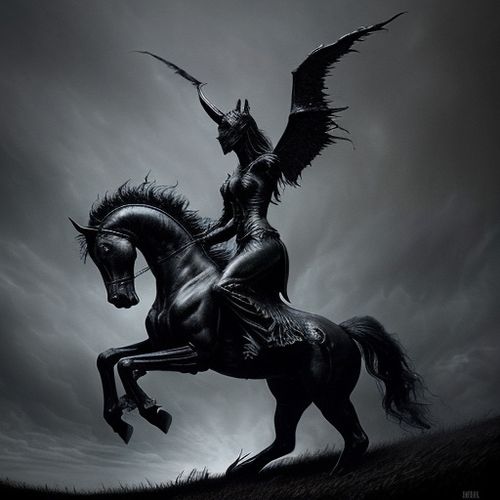
By William Miller/Apr 29, 2025
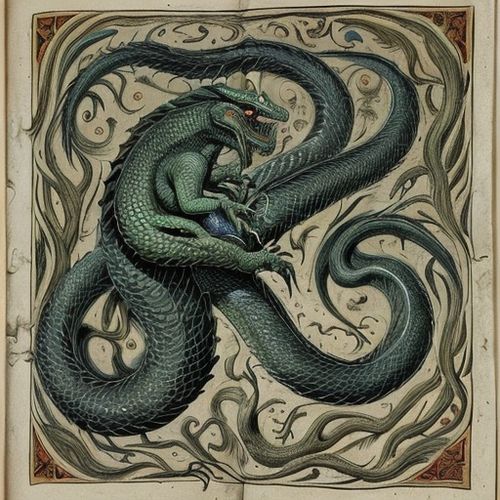
By Grace Cox/Apr 29, 2025
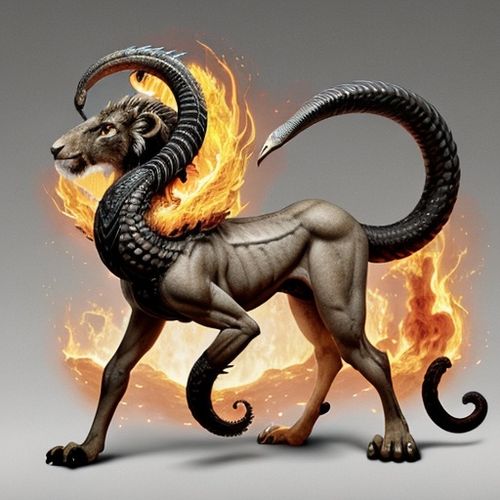
By James Moore/Apr 29, 2025

By Eric Ward/Apr 29, 2025
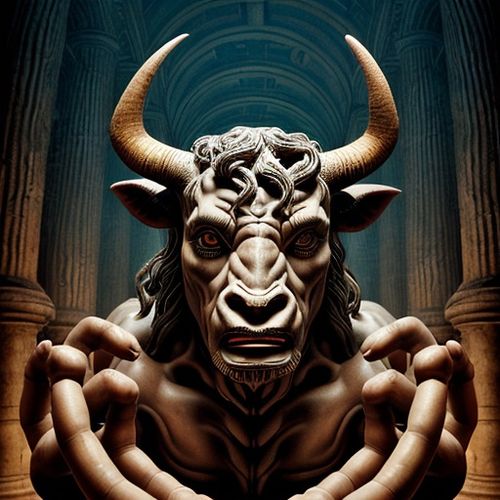
By Noah Bell/Apr 29, 2025

By Victoria Gonzalez/Apr 29, 2025

By Natalie Campbell/Apr 29, 2025

By Eric Ward/Apr 29, 2025

By Sarah Davis/Apr 29, 2025

By Emma Thompson/Apr 29, 2025

By Megan Clark/Apr 29, 2025
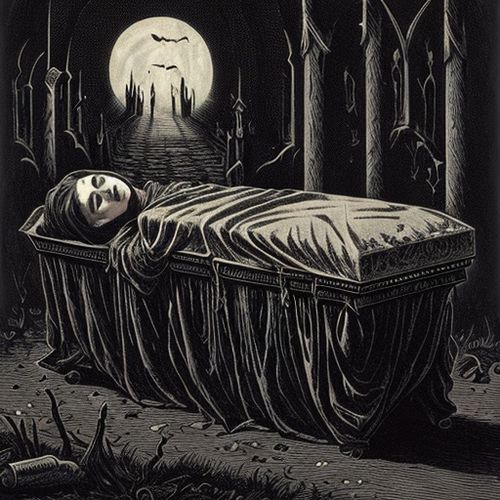
By Lily Simpson/Apr 29, 2025
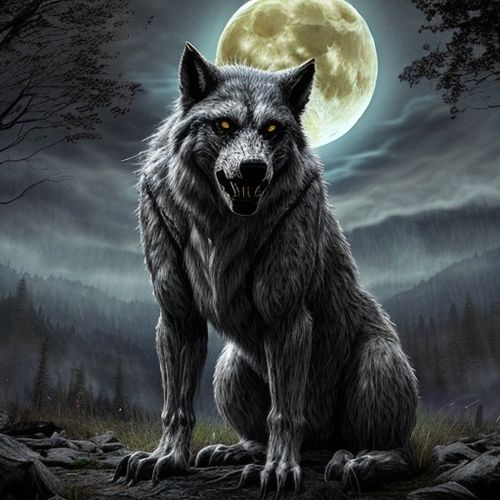
By William Miller/Apr 29, 2025
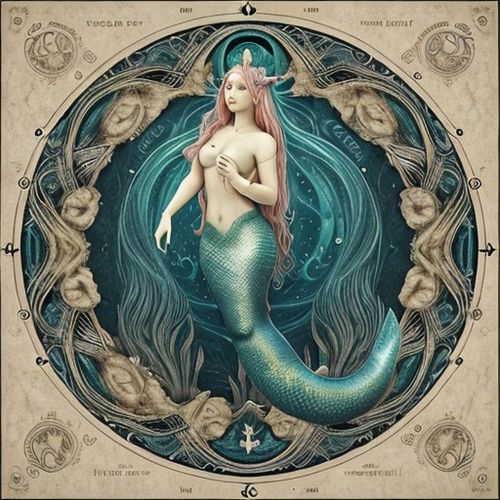
By Rebecca Stewart/Apr 29, 2025
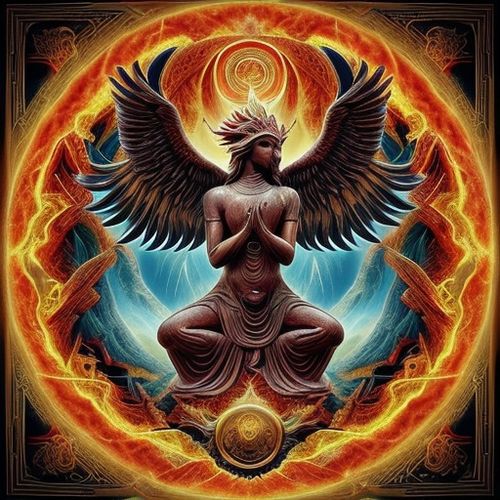
By Rebecca Stewart/Apr 29, 2025